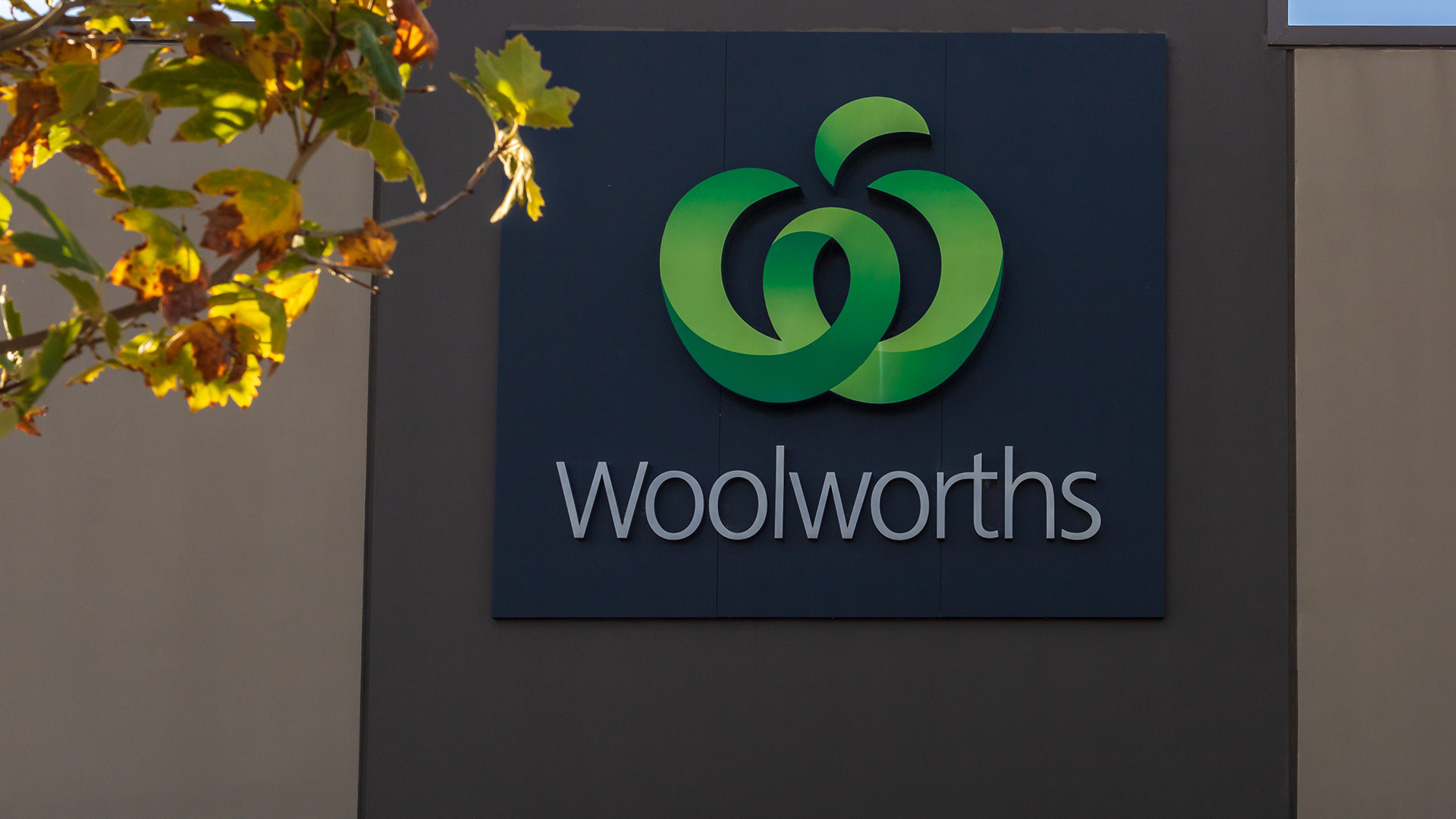Ignore the headline loss for Qantas (QAN) of $2.85 billion – most of that was house cleaning by management taking an axe to the value of much of the airline’s ageing fleet of planes, such as 747s.
In fact you can’t help thinking that the headline figure was arrived at to try and further the ‘Qantas in peril’ argument of the board and management, especially with the airline’s management now forecasting a small profit for the six months to December 31.
It’s not – what is has been in and remains a part of is a more contested domestic airline business with many of the losses incurred as a result of management decisions in the past to increase capacity and try and fight Virgin and others into the ground.
What is not contested is that the international business is even more competitive and that can be seen in the losses reported by the international parts of Qantas and Jetstar.
CEO Alan Joyce is tipping a "rapid improvement" in profitability this year as capacity growth on its domestic and international routes slows (that should have been done much earlier).
The group should post a profit in the December half, he says.
So the headline loss is all blather and PR.
It consisted of a $2.56 billion impairment of its international fleet (which will cut depreciation by $200 million a year); redundancy and flee restructuring costs of $356 million and $428 million in so-called transformation program expenses (the one which started January 1 and which included cutting 5,000 jobs and targeting $2 billion in savings by the end of 2016-17).
Note that all those figures are estimates of management and the board – so they are designed to look threatening, and sound enormous – which $2.8 billion does.
The pre tax underlying loss before certain items was $646 million, which is also a big number, but better than market estimates of $763 million.
So there was a feeling that the airline did a bit better, ignoring the top line loss and the dramas associated with that – hence the sharp bounce in the shares yesterday to just on $1.39 – a rise of 7.1%.
QAN vs VAH YTD – Market buys Qantas turnaround story

As forecast in the media in recent weeks (well briefed in other words), Qantas is not floating off its frequent flier program, which was an option under the transformation program.
The profits it makes from that business are just too valuable, especially with the domestic and international airlines, and Jetstar struggling financially.
That’s backed up by the figures released yesterday for the various businesses in Qantas.
Qantas Domestic reported underlying earnings before interest and tax of just $30 million, down from $365 million a year earlier, as a result of trying to hurt Virgin Australia by flooding the domestic market with extra capacity.
Qantas International reported an EBIT loss of $497 million, compared with a loss of $246 million in the prior year.
The Jetstar Group reported an EBIT loss of $116 million, down from a profit of $138 million a year earlier, but the Australian domestic part of the business remains profitable.
And the airline’s highest earner (as expected) was its loyalty division which reported EBIT of $286 million, up from $260 million the prior year. That makes the decision not to float this off very understandable.
The company said its cash position improved $600 million to around $3 billion at the end of June.
There was another $630 million of undrawn committed financial facilities from the airline’s banks.
But Qantas said it will form a new holding company that will allow its international business to participate in future consolidation opportunities.
In other words, Qantas wants to go down the route that Virgin has gone by selling off stakes in its international airline before it sold stakes in the company itself to the likes of Singapore and Air NZ.
That way the likes of Emirates, BA and American could take equity stakes in the international business because they are among Qantas’ main code share partners.
"There is no doubt today’s numbers are confronting, but they represent the year that was past,” Mr Joyce said yesterday in something of an understatement.
"We have now come through the worst. There is a clear and significant easing of both international and domestic capacity growth."
Mr Joyce said Qantas was expected to return to an underlying profit before tax in the current half year, subject to factors outside its control.
The airline expects international capacity growth of 2.4% in the first half and domestic growth of 1%.
Cost savings already made, the lack of a carbon tax, steady fuel prices and reduced depreciation charges will help contribute to a better result in the first half, according to yesterday’s statement.
Unit costs fell by 3% last year, including 4% in the second half as total revenues fell 3% to $15.3 billion, a drop of $550 million.













